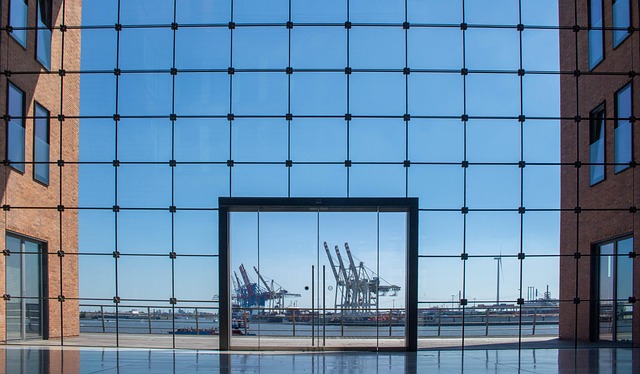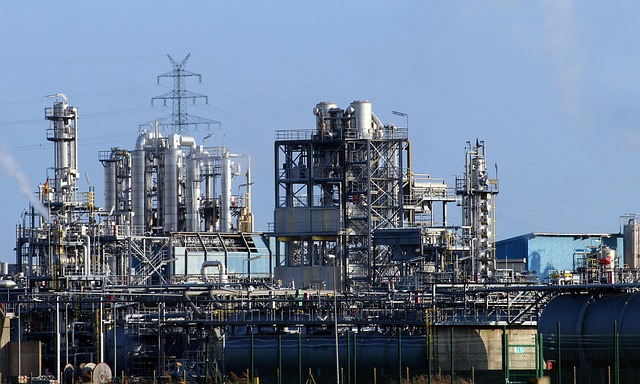Real estate professionals play a pivotal role in manufacturing success by understanding unique facility requirements, including layout design for machinery, assembly lines, and safety measures. Strategic site selection is crucial, considering proximity to raw materials, transportation hubs, labor markets, and essential utilities for logistical efficiency and cost optimization. Ideal locations offer ample space, reliable infrastructure, and compliance with local regulations, ensuring uninterrupted production and enhancing industry competitiveness.
Manufacturing facilities play a vital role in driving economic growth and innovation, demanding specialized features that cater to their unique operational needs. This article explores the critical aspects of real estate in manufacturing, focusing on understanding facility-specific requirements and optimizing space for efficient production. We delve into key considerations, from identifying suitable locations to designing and acquiring ideal sites, ensuring manufacturing operations thrive. Effective real estate strategies are essential for harnessing the full potential of these dynamic industrial hubs.
Understanding the Unique Needs of Manufacturing Facilities

Manufacturing facilities, with their intricate processes and diverse operations, present unique challenges and requirements in the realm of real estate. These facilities often demand specialized spaces tailored to accommodate heavy machinery, assembly lines, storage, and distribution. The layout should not only support efficient workflow but also prioritize safety measures, especially when dealing with hazardous materials or high-risk operations.
Real Estate professionals play a pivotal role in understanding these specific needs. They must be adept at navigating the complexities of industrial spaces, considering factors such as clear height requirements for machinery, loading docks for efficient transportation, and dedicated areas for quality control and research & development. By aligning the facility’s design with these unique demands, they ensure optimal productivity, enhance operational efficiency, and create a robust environment conducive to manufacturing excellence.
Key Real Estate Considerations for Specialized Manufacturing Spaces

When designing and setting up specialized manufacturing spaces, crucial real estate considerations come into play. The location of the facility plays a pivotal role in ensuring smooth operations and logistical efficiency. Proximity to raw material sources, transportation hubs, and labor markets are essential factors that can significantly impact production costs and supply chain management. For instance, proximity to ports for importing raw materials or to major highways for efficient distribution can streamline operations, reduce lead times, and optimize resource utilization.
Additionally, the availability of land, zoning regulations, and infrastructure support are vital aspects to consider. Specialized manufacturing facilities often require ample space for expansive assembly lines, storage areas, and outdoor loading docks. Access to reliable utilities like power, water, and gas is also critical for sustained production. Zoning laws must accommodate the facility’s operational needs, such as allowing for heavy industrial use or specific safety measures required by certain manufacturing processes.
Designing and Acquiring Ideal Sites for Efficient Production Processes

When designing and acquiring sites for manufacturing facilities, strategic considerations regarding real estate are paramount. The location plays a pivotal role in shaping efficient production processes, with proximity to raw material sources, transportation networks, and skilled labor pools significantly influencing operational costs and logistical flow. Companies must carefully evaluate these factors to ensure optimal site selection, aligning property choices with their production needs.
Ideal manufacturing sites offer more than just physical space; they provide a conducive environment for streamlined operations. Access to reliable infrastructure, such as power grids, water supplies, and communication networks, is essential for uninterrupted production. Additionally, considering the local market demand and regulatory landscape ensures compliance and opens opportunities for strategic partnerships, further enhancing the facility’s efficiency and competitiveness in the industry.






